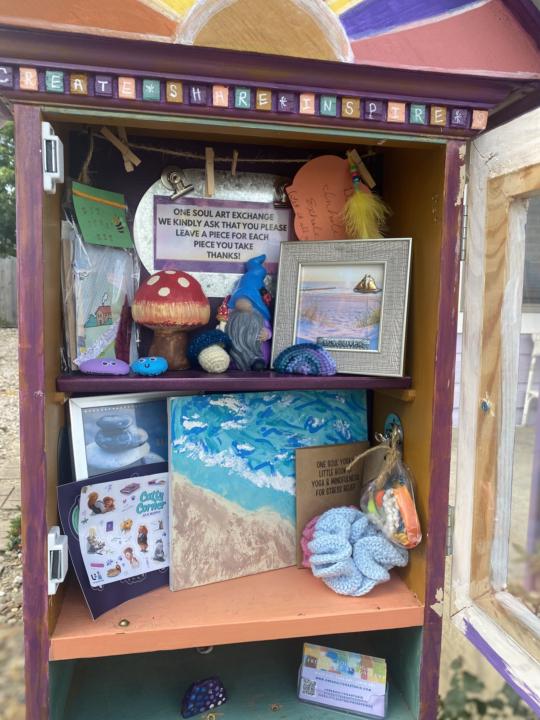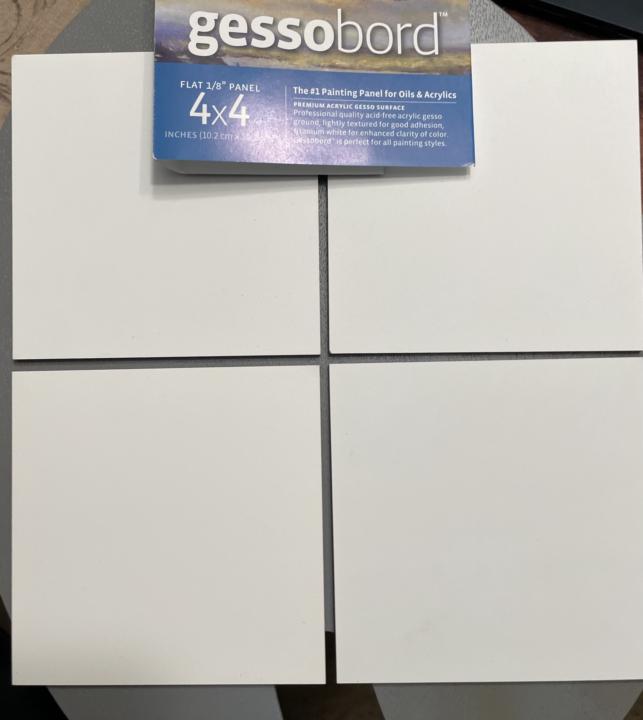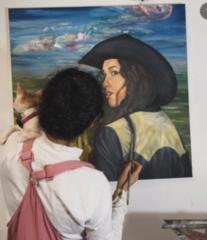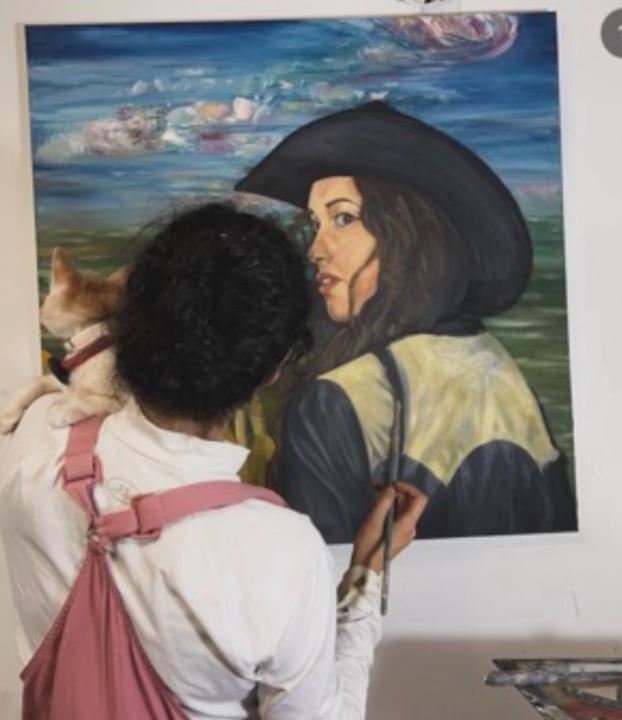Activity
Mon
Wed
Fri
Sun
Jan
Feb
Mar
Apr
May
Jun
Jul
Aug
Sep
Oct
Nov
Dec
What is this?
Less
More
Owned by Elissa
A creative hub for painters of all levels to grow skills, exchange ideas, get critiques, discover and develop your unique artistic voice/style.
Memberships
Herrera's Painting Academy
78 members • Free
Start to Paint Your Way!
245 members • $5/month
The AMP Method
56 members • Free
Kickstarter Challenge
24.1k members • Free
Glutes Fast Track
622 members • Free
World Of Calisthenics
3.6k members • Free
Art With Courage
81 members • $5/month
Master Realism Drawing (Free)
1.3k members • Free
Society of Figurative Art
483 members • Free
32 contributions to Paint Better Together
👋 Welcome to Paint Better Together!
Introduce yourself with: ✨ Name ✨ Where you’re from ✨ What you love to paint ✨What you’d like to improve , learn or gain here Can’t wait to meet you all! 🎨
Sorry I’ve been MIA
Share some sketches , work in progress . Here’s a painting a completed in about 10 days , and behind a work in progress

INTRODUCTION
Hey everyone! 👋🎨 I’m excited to be here in Paint Better Together! I joined because I want to improve my skills, stay consistent, and surround myself with people who genuinely love creating. Whether you’re just learning or already experienced, I’m here to learn, share, and grow alongside you all. Looking forward to getting inspired, picking up new techniques, and celebrating each other’s progress. Let’s paint better, together. 💛🎨
I’m new.
Good evening! Im creating from Texas. I have no formal art training so I already feel out of depth looking through your posts. 🤣 Here’s randomness from months ago. A beach scene I did for an art swap box… where it still lives. 💀 Also a gnome and mushroom that didn't last as long.

How would you approach this?
I have a photograph of a waterfall I took at Yosemite back in 2016, and I’m planning to paint it in oil using four square panels that will be assembled into one frame. I’d like the colors to be as rich and chromatic — or as close to the photograph — as possible. How would you approach the glazing process to achieve that effect? The photo was shot with a full-frame camera, so I have plenty of resolution to zoom in on details though I know I won’t need it because the size will only be 8” x 8” roughly. I think I have the pigments needed to build a matching color palette. My main concern is avoiding muddy or overly dark mixtures once I start layering and mixing colors.

1-10 of 32
@elissa-mora-2095
Artist , Oil Figurative Painter, Silicone Painter
Active 1h ago
Joined Aug 24, 2025
INTJ
North Hollywood CA




